描述
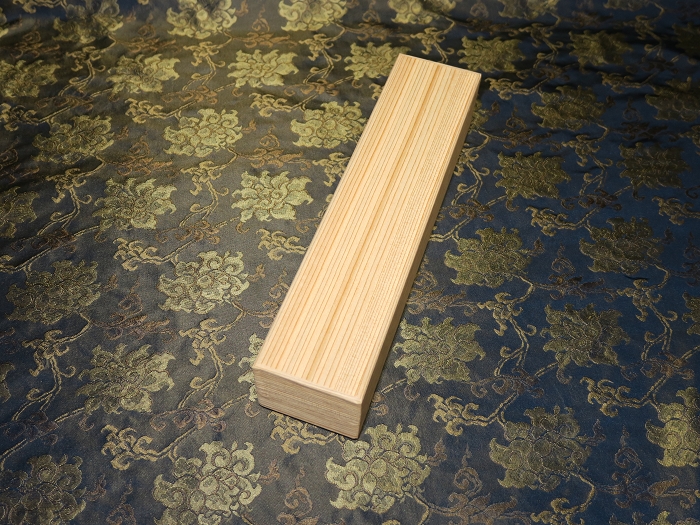
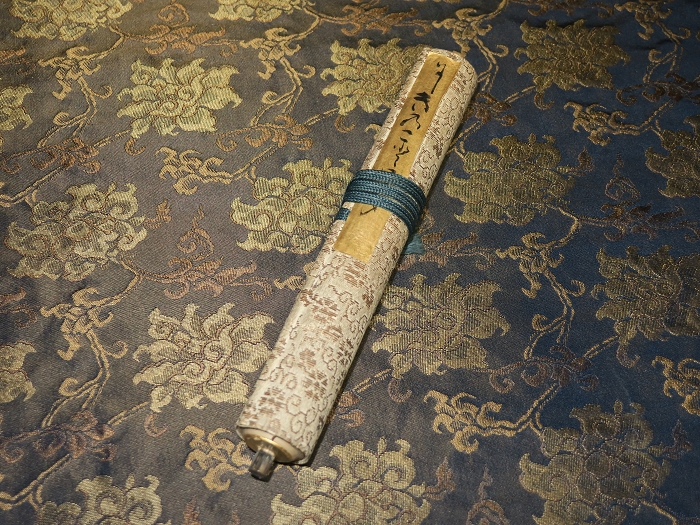
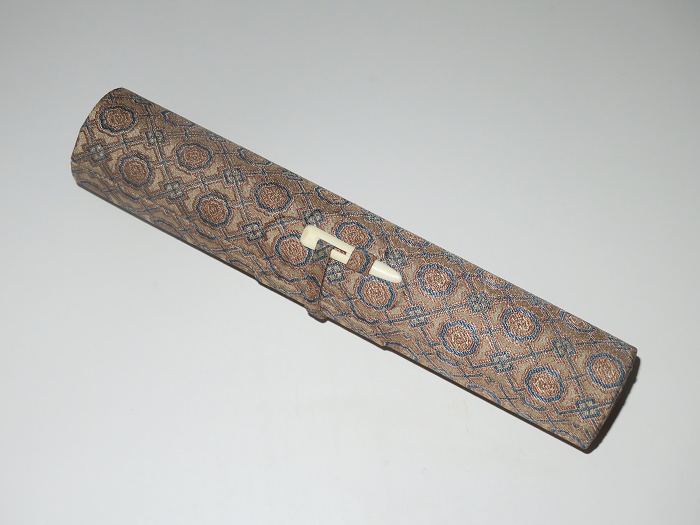

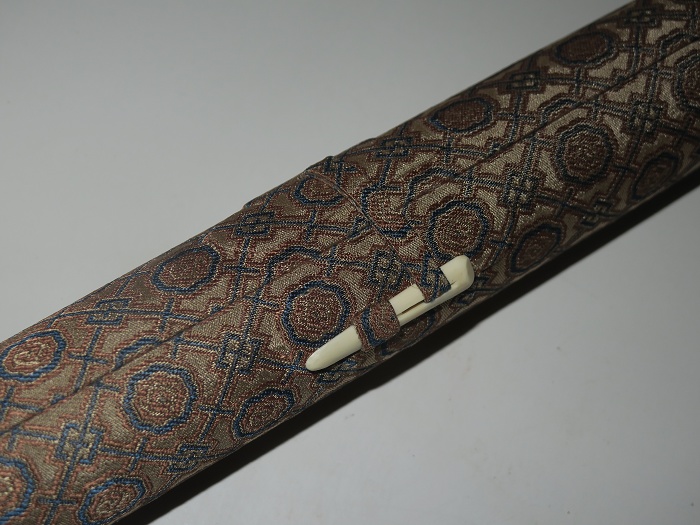
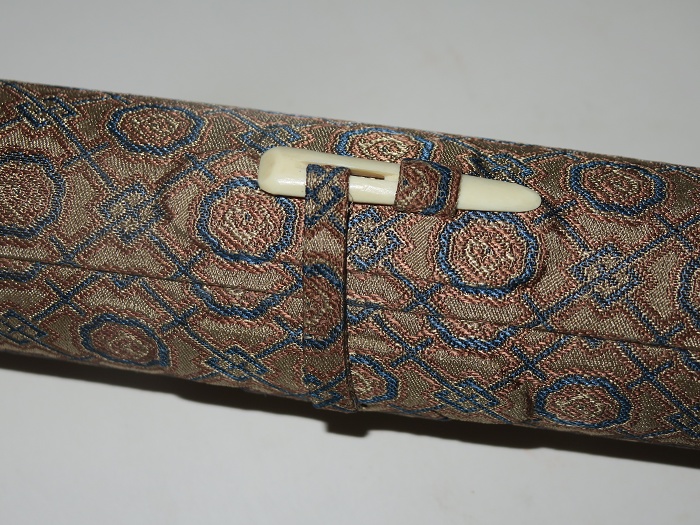

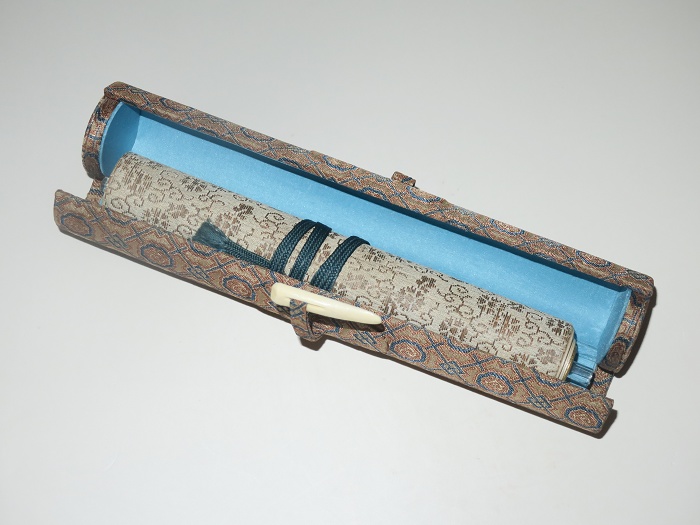
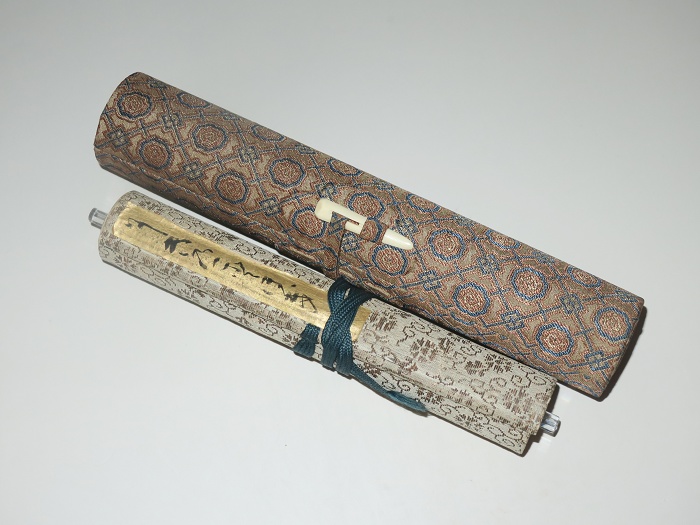
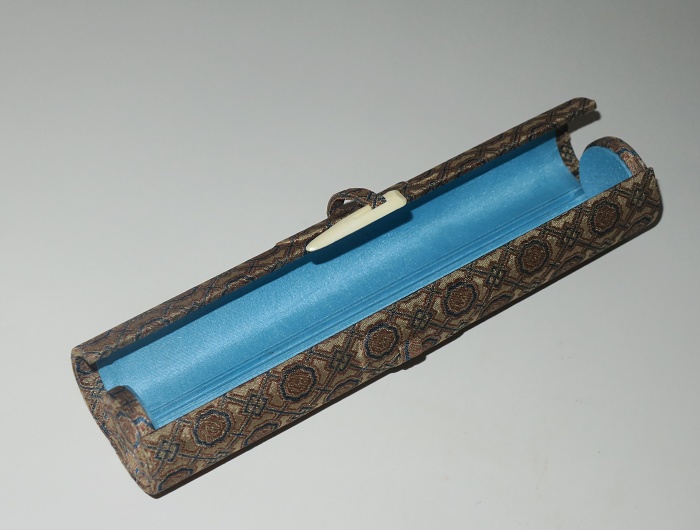
此卷罕见落款“應需惺々狂斎”,钤印“樂”为応需惺子暁楽之画押,综上推断当为晓斋独立未几,也即安政五(1858)年至万延元(1860)年间绘制。其时晓斋正值新婚,画坛亦正当意气风发,此卷恐为其最初之春画作品。
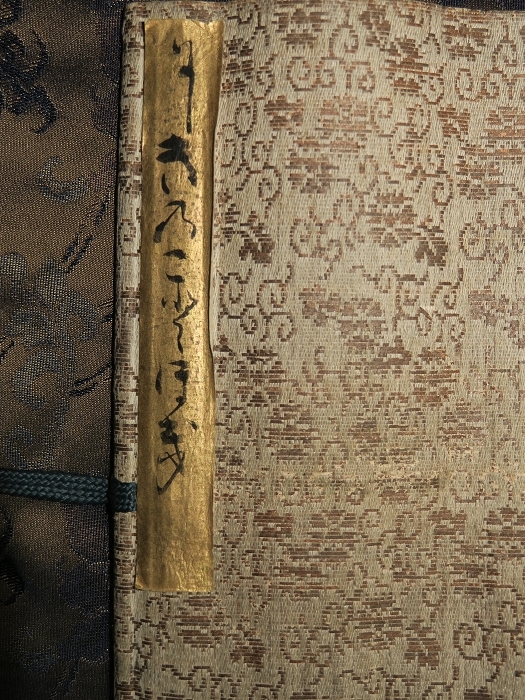
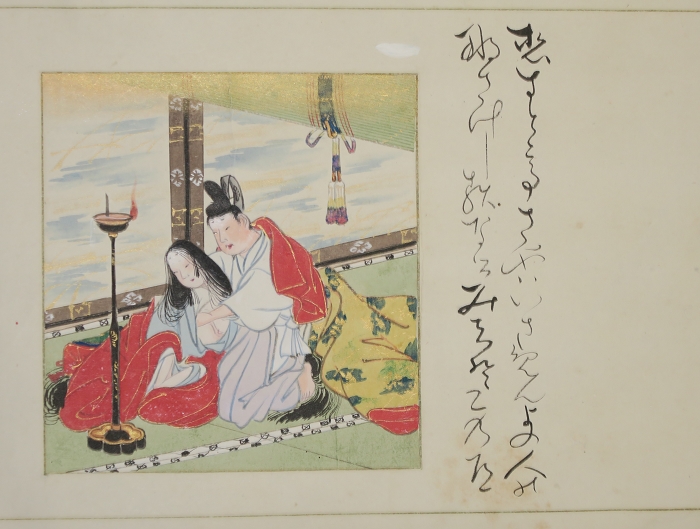
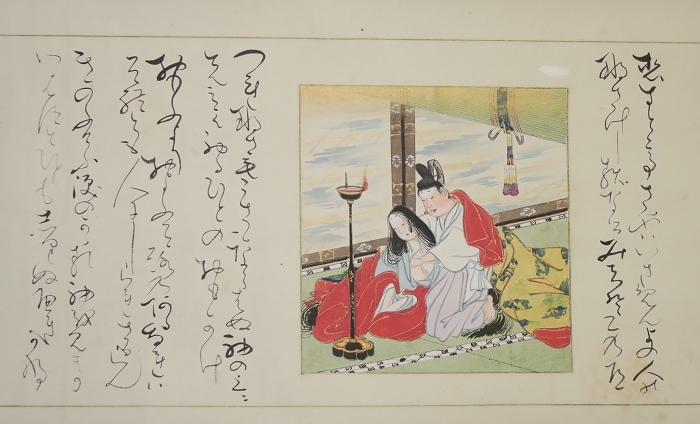

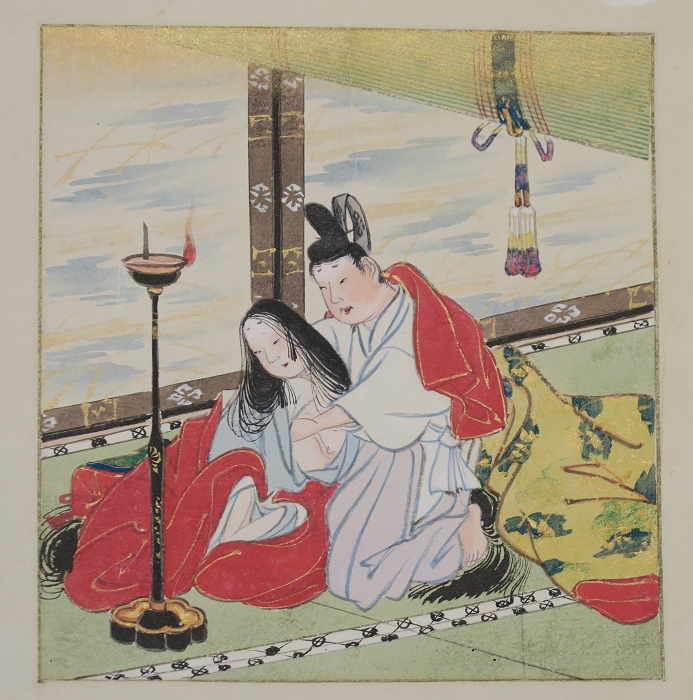
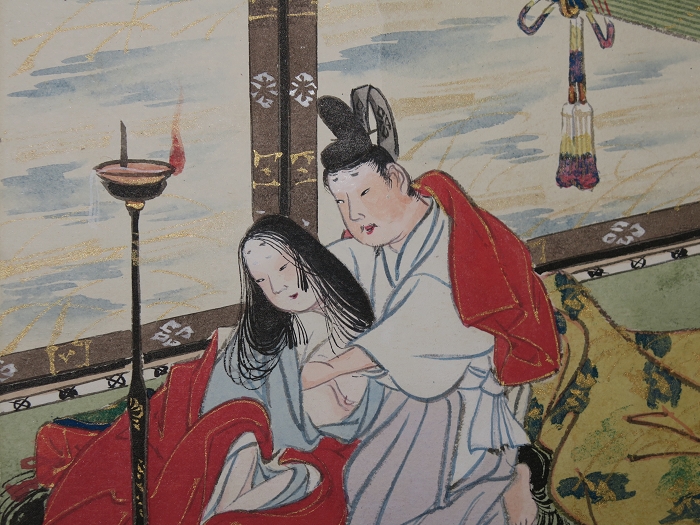
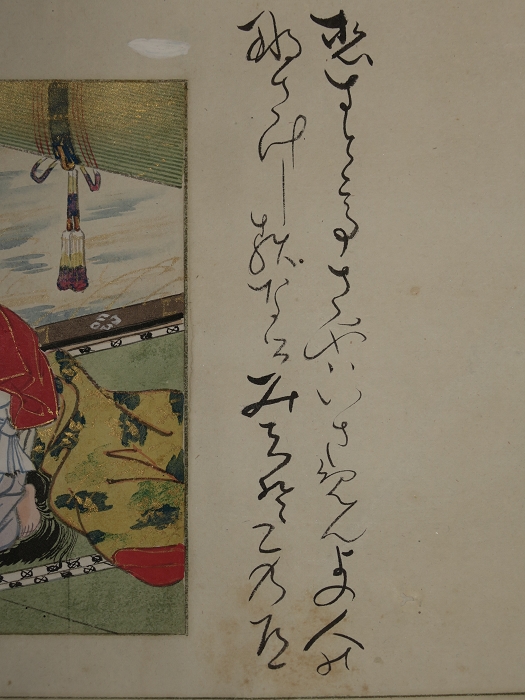
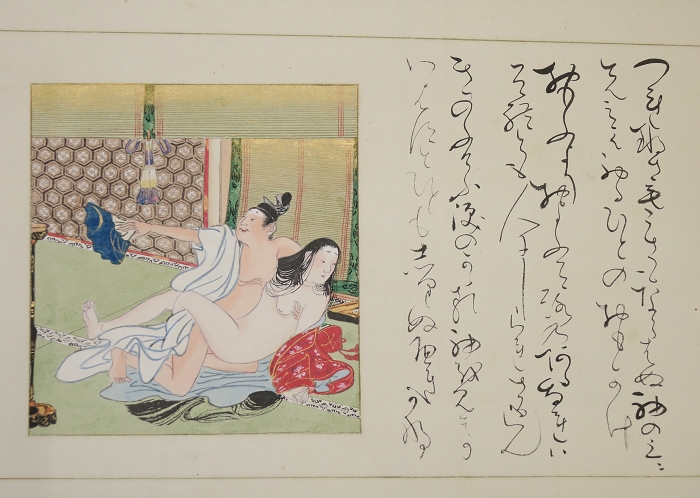

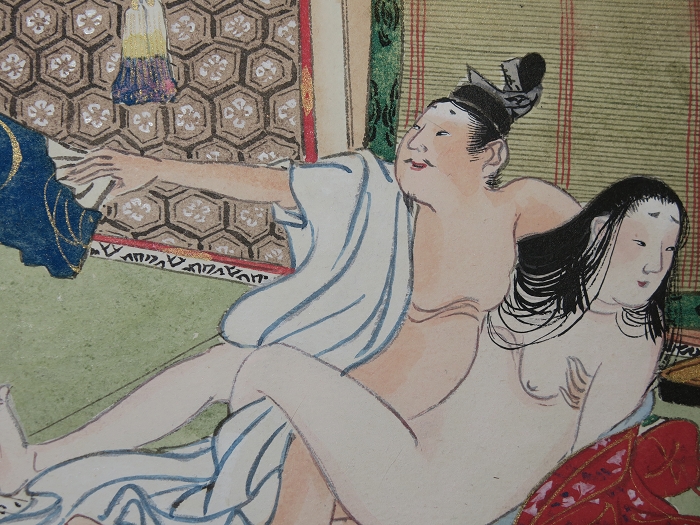

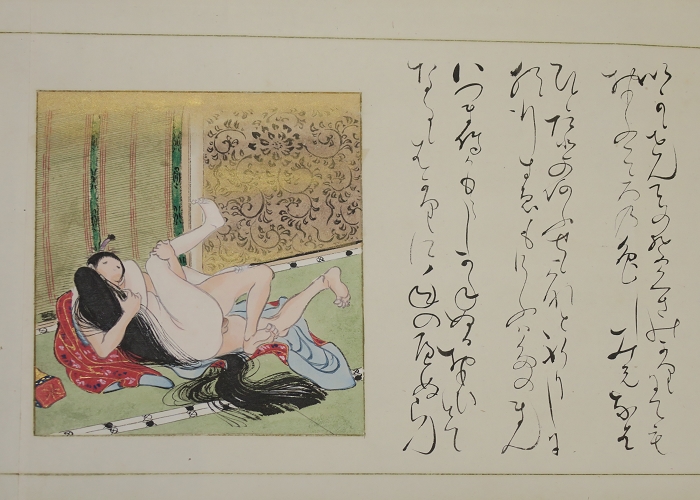
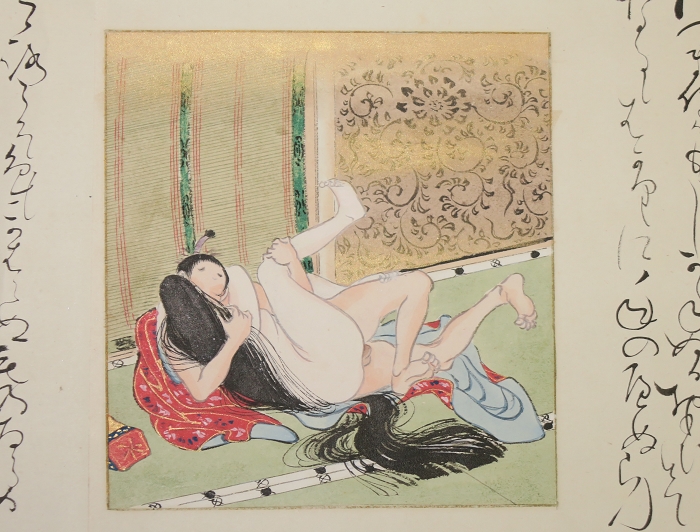

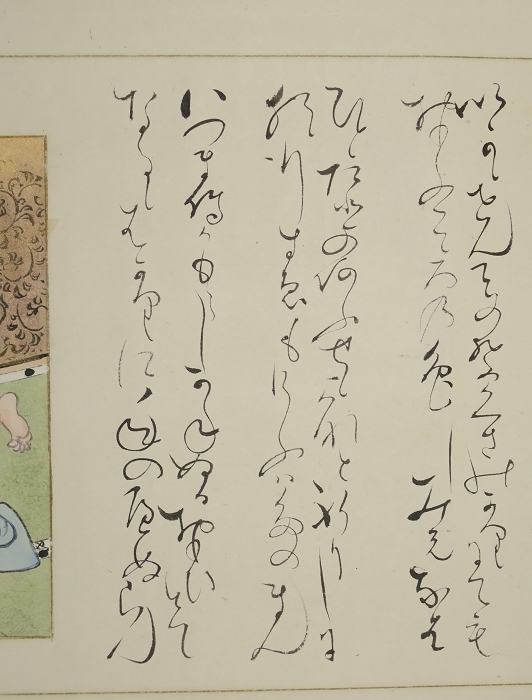
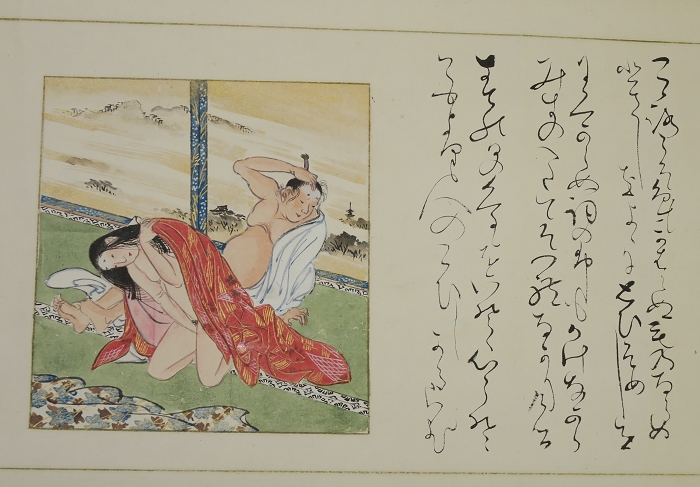

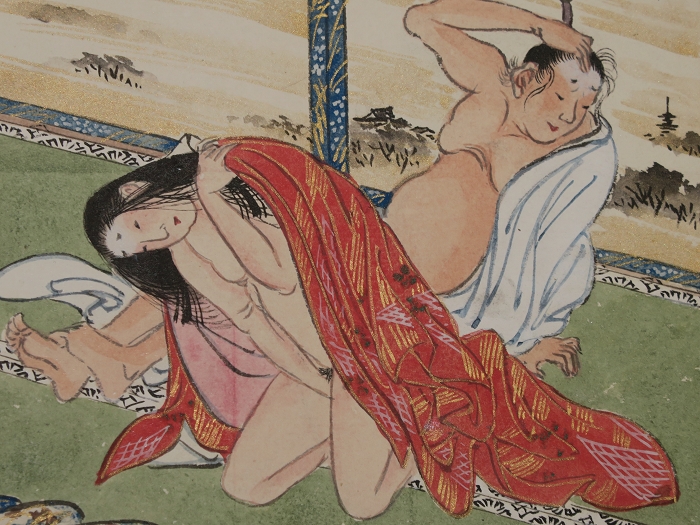

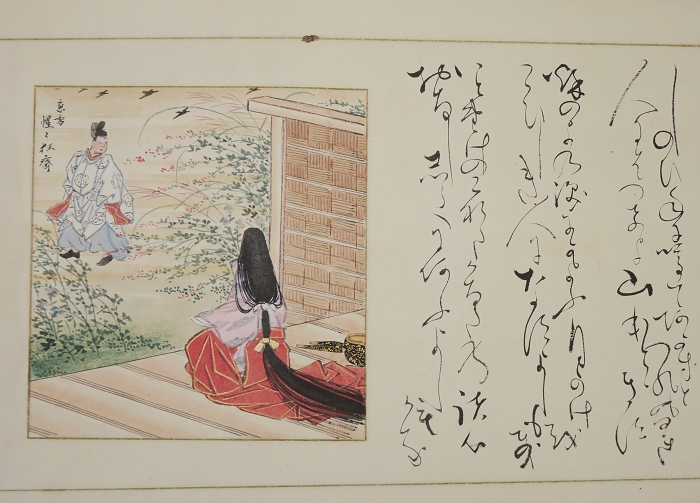
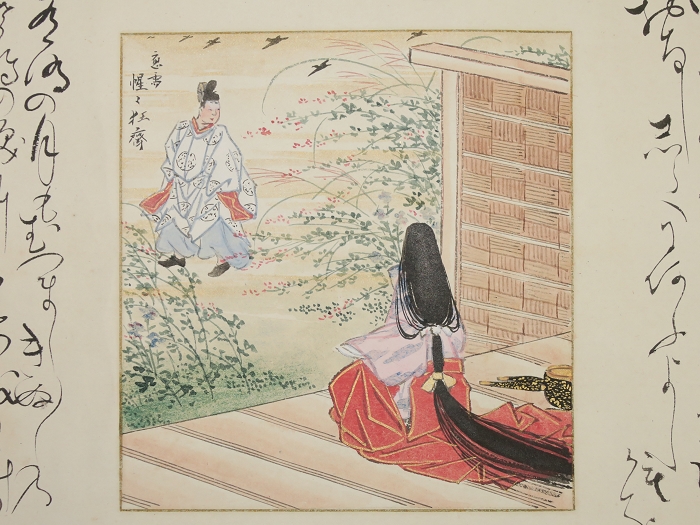

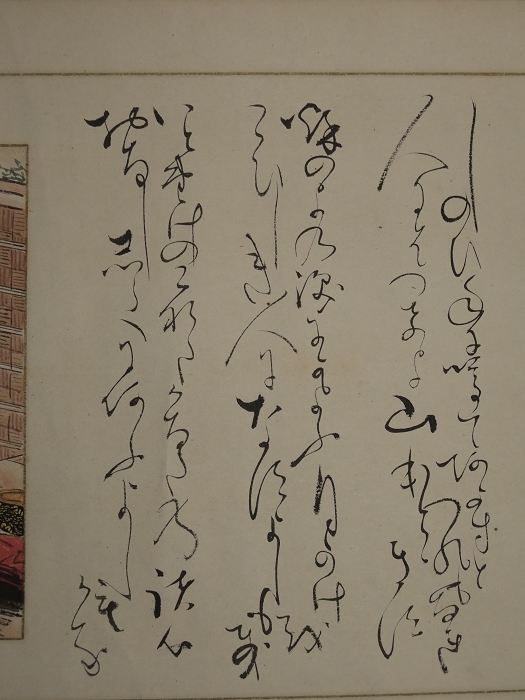
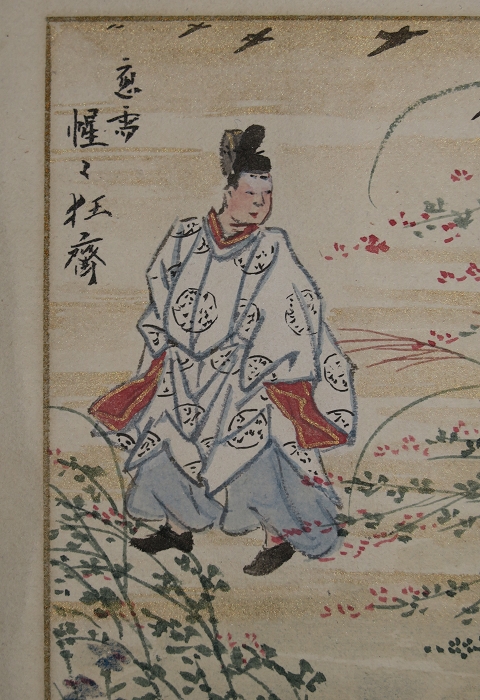
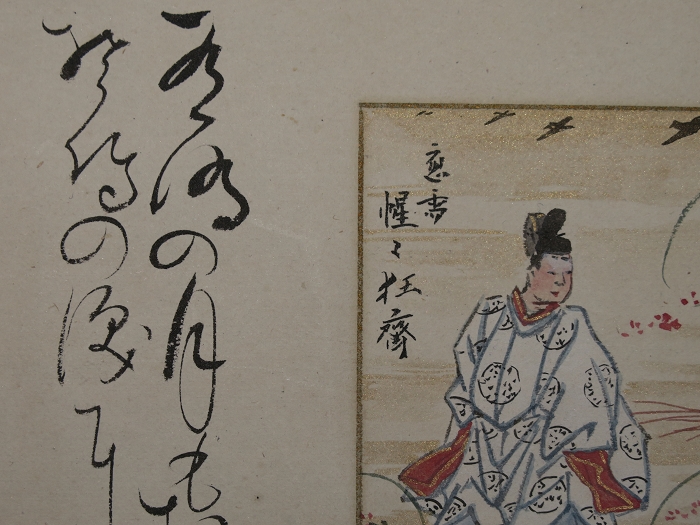
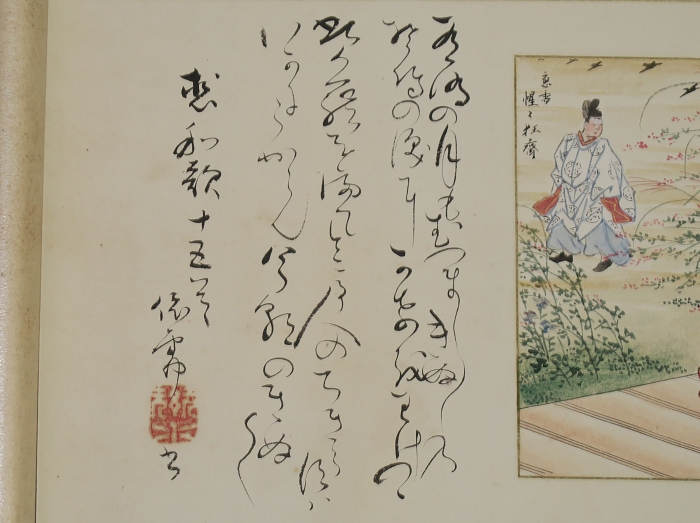
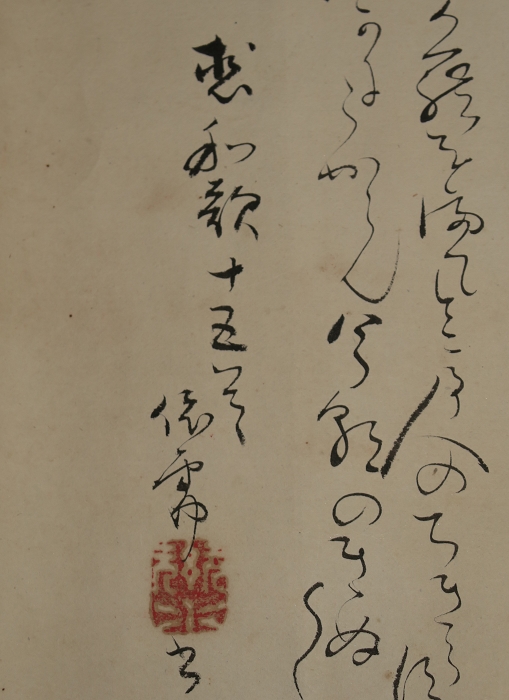
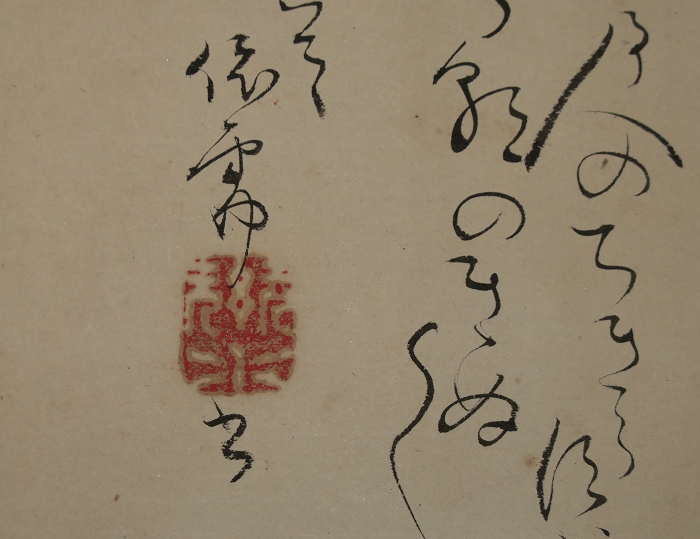

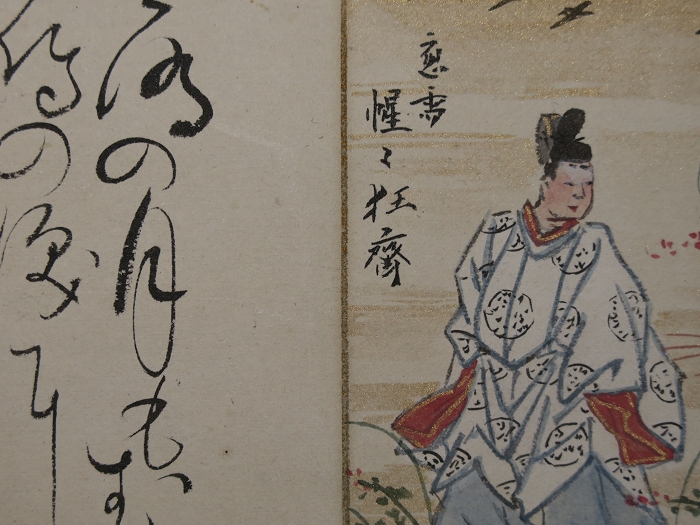
晓斋身为漫画发明人,画工惊艳匹敌(喜多川)歌麽,以至西洋人多误传其为(葛饰)北斋弟子。欧美知名度不亚于梵高启蒙师(溪斋)英泉,春画存世量最为稀少,且风格独特,无法作伪。惟因晚年子弟多为洋人,以故东方名气略逊。近年承戈氏斥巨资推广,终于闻名世界。惜戈氏亦为欧人,日本最后的浮世绘宗师终究花开欧美,可悲可叹。
古字慦,表示喜悦,非常见汉字。此卷为江户末至明治时期浮世绘宗师河锅晓斋(1831-1889)之顶级佳作。晓斋此卷以精湛书法和超越学派之独特画风享誉海外,和歌文笔诙谐,天然浪漫。春画则以多种形式描绘“喜事”,画风扎实细腻,温暖人心。淡墨色运用恰到好处,看似粗犷却又不失精致的色彩混搭也正是晓斋绘画的最大特点。
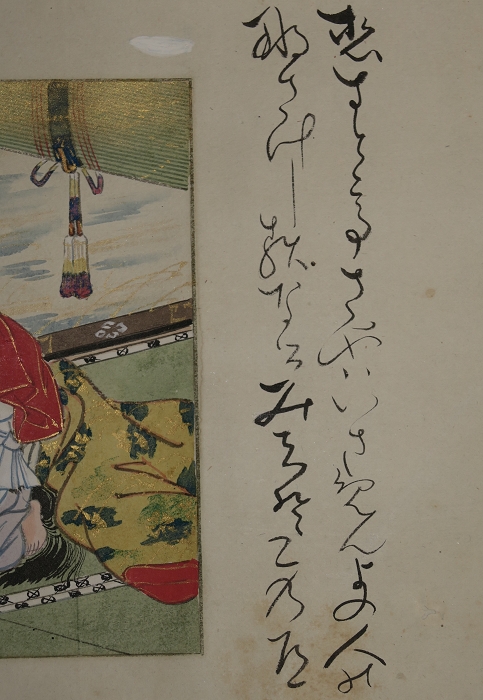
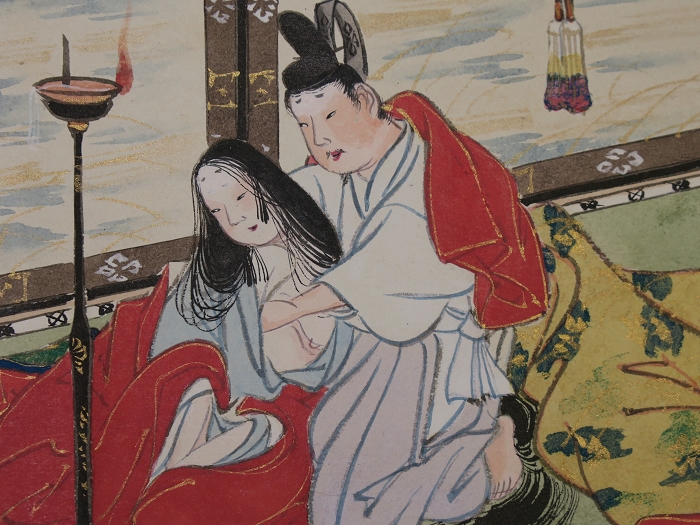
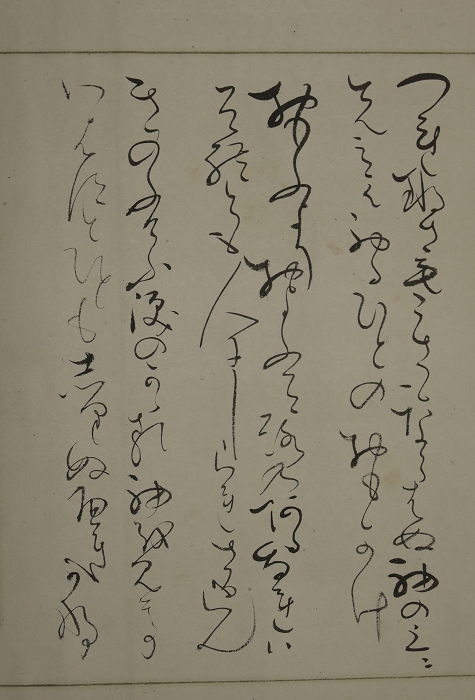
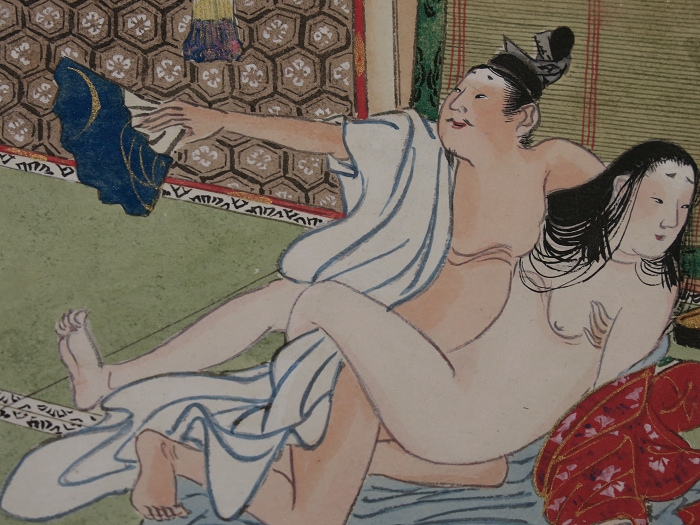

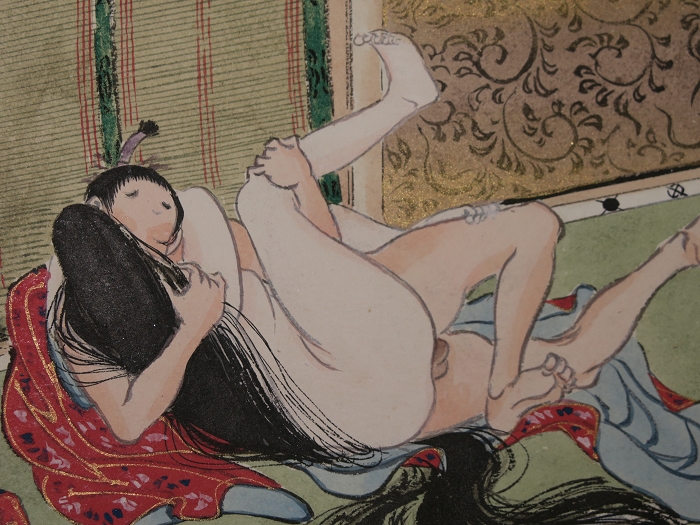

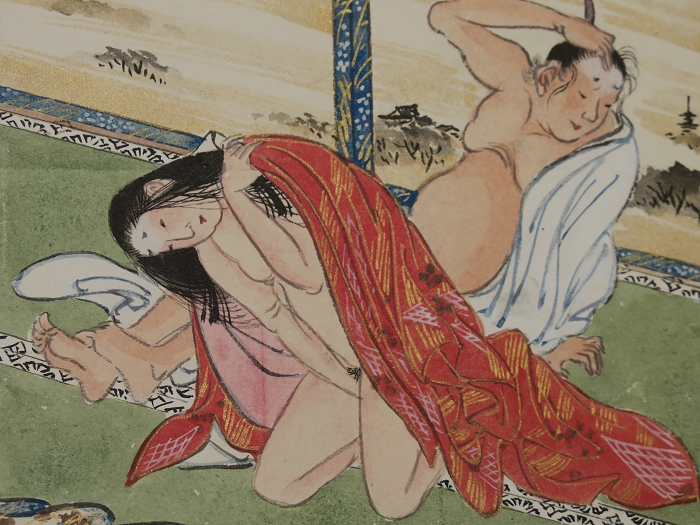

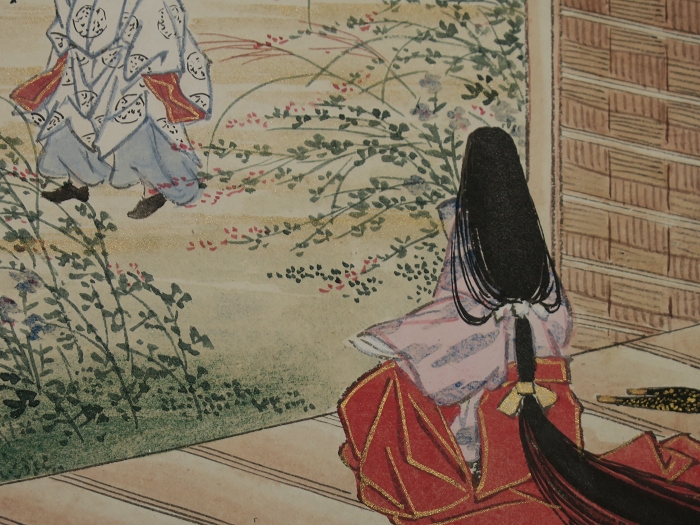
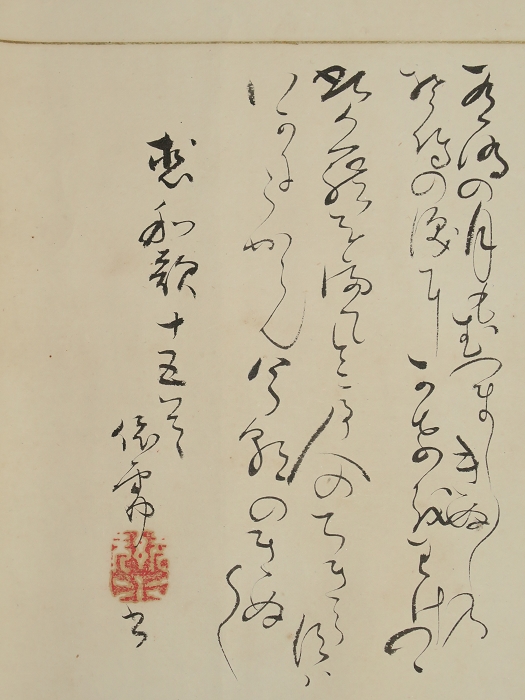
河锅晓斋(河锅暁斎,1831-1889):幼名周三郎,浮世绘最后的宗师,漫画发明人。艺术史学家蒂莫西·克拉克 (Timothy Clarke)称其为“近世日本首位个人主义者和独立画家,日本传统绘画最后的大师”。
出身武士世家,3岁习画,7岁拜师歌川国芳学习浮世绘,10岁转投狩野派(南画派即中国山水画派)前村洞和门下专攻山水,18岁由宗师狩野洞白赐雅号洞郁陈之。此后不不拘一派,於土佐派(锦绘派即日本古画派)、琳派(中国人物画派)、狩野派、浮世絵四大派系无不精通,画风精致严谨同时放荡不羁,擅长夸张讽刺,一时声名大振,以至绰号“反骨画魔”。
安政四(1857)年独立自成一家,翌年自号“河锅狂斋”,独创漫画,凭借以出神入化的技巧,以漫画的形式批判政治,画风异想天开,出其不意,冷嘲热讽,随手拈来。明治三(1870)年因笔祸被陷文字狱,翌年受笞刑后释放,此后改雅号狂斋为晓斋(发音相同)。
明治六(1873)年以“神功皇后・武内宿禰”长卷代表日本参加维也纳万国博览会,锦绘华美,形象逼真,笔致细腻,欧人叹为观止。其时日本新兴媒体蓬勃发展,晓斋以设计报纸插图,剧院海报维持生计,收入颇丰,又以明治十四(1881)年日本第2回劝业博览会获得日本画最高奖,一时风光无二,漫画亦因此得到承认,风靡至今。
明治中后期以降,晓斋积极交往外国人,并且热衷与法国商人埃米尔·吉美引进的画家费利克斯·勒加梅展开商业竞争。他还收徒英国建筑师乔赛亚·康德(Josiah Conder,1852-1920)作为关门弟子,并赐号晓英。
明治二十((1889年)年4月26日因胃癌去逝,享年58岁。根据欧文·巴尔兹(Erwin Bälz,日本皇室御用德籍西医)回忆,晓斋临终前三日依然笔耕不辍,倚枕观察玻璃屏风中反射出自己的病态,完成了最后的自画像。
雅号诸多,已知有洞郁陳之:嘉永二年(1849)~;狂斎(きょうさい):安政五年(1858)~明治三年(1870);応需惺子暁楽、酒乱斎雷酔、惺々、猩々庵、如空、畑狂者:万延元年(1860)年前後;周麿:文久三年(1863);暁斎(きょうさい):明治四年(1871)~明治二十二年(1870),堪称日本第一。
落款参考:寺道清旧藏幽灵图,作者惺々狂斎(Shojo Kyosai,河鍋暁斎),原刊美术画报九编卷十(1901年8月20日),现藏国立文化财机构东京文化财研究所(009-10-011)。
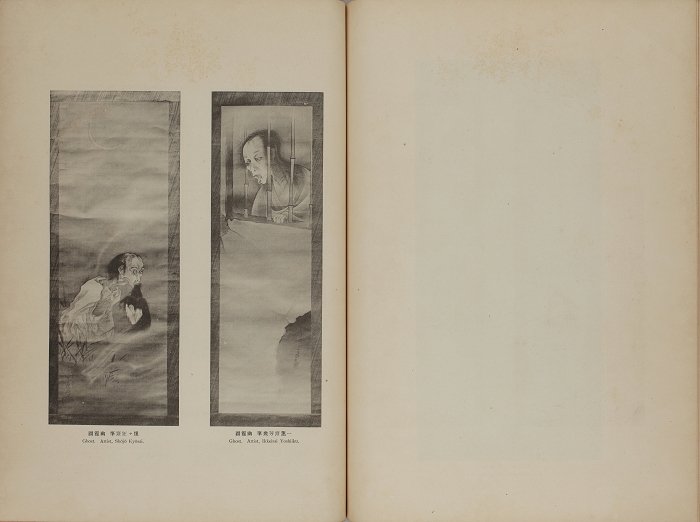

synopsis for English
UNIQUE SET OF hand drawn scroll—Ode to Joy by [Kawanabe Kyōsai]
The outer dimensions are about 21×3.5×3cm (length and height), the shaft length is about 20.5cm, the length is about 18×153cm, and the main body is about 15.7×130cm. There are 5 spring paintings, 15 waka songs, Ink and color on paper, brocade mounted.
Inscription: 應需惺々狂斎、依需;seal:樂。 Special insect-proof box attached, extremely beautiful and in good condition.
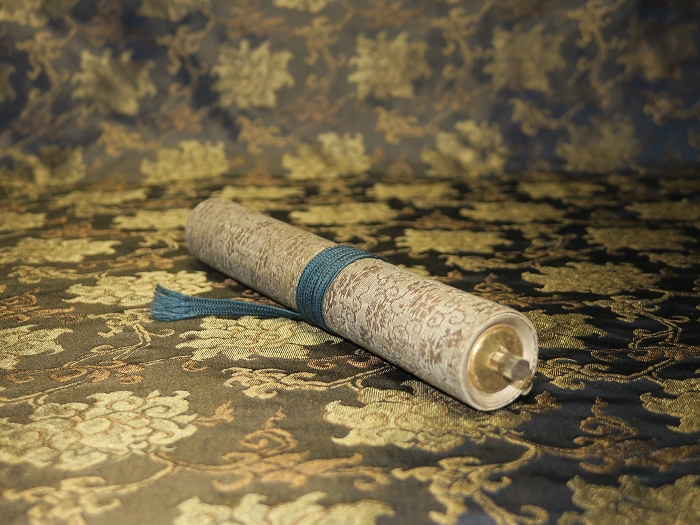


This work is an excellent work by Kawanabe Kyosai (1831-1889), a painter from the end of the Edo period to the Meiji period, who is popular overseas for his excellent penmanship and unique painting style that goes beyond school. Although it is written in a light, persuasive manner, it portrays the affairs of the imperial court in various ways. Lines without hesitation, solid descriptive power, exquisite power, and a warm and humorous expression. The use of light ink and light colors also shows the characteristics of Kyosai’s work, such as the beautiful mixture of colors and the effective use of color that looks rough but is not wasteful.
As of 2017, there are only 13 original Kawanabe Kyōsai spring paintings known to have survived, all of which are in the collection of London art dealer Israel Goldman. Goldman is the largest collector of Kyōsai ‘s (暁斎)paintings, which are unparalleled in the world regardless of their quality. It’s a pity that there are no spring paintings signed by “狂斎” in the collection.
Kawanabe Kyōsai (河鍋暁斎, May 18, 1831 – April 26, 1889) was a Japanese artist, in the words of art historian Timothy Clarke, “an individualist and an independent, perhaps the last virtuoso in traditional Japanese painting”.Living through the Edo period to the Meiji period, Kyōsai witnessed Japan transform itself from a feudal country into a modern state.
After working for a short time as a boy with ukiyo-e artist Utagawa Kuniyoshi, he received his formal artistic training in the Kanō school under Maemura Tōwa (前村洞和 ? – 1841), who gave him the nickname “The Painting Demon”, but Kyōsai soon abandoned the formal traditions for the greater freedom of the popular school.
During the political ferment which produced and followed the revolution of 1867, Kyōsai attained a reputation as a caricaturist. His very long painting on makimono (a horizontal type of Japanese handscroll/scroll) “The battle of the farts” may be seen as a caricature of this ferment. He was arrested three times and imprisoned by the authorities of the shogunate.
He took the art name Kyōsai in 1857, and in 1871 changed the first character of this name from 狂 (wild, crazy) to 暁 (dawn, enlightenment). 暁 has two On-readings, “kyō” and “gyō”, the latter being more well-known (many dictionaries provide only this reading), so the artist’s name is also falsely romanised as Kawanabe Gyōsai.
Soon after the assumption of effective power by the Emperor, a great congress of painters and men of letters was held at which Kyōsai was present. He again expressed his opinion of the new movement in a caricature, which had a great popular success, but also brought him into the hands of the police.
Kyōsai is considered by many to be the greatest successor of Hokusai (of whom, however, he was not a pupil), as well as the first political caricaturist of Japan. His work mirrored his life in its wild and undisciplined nature, and occasionally reflected his love of drink. Although he did not possess Hokusai’s dignity, power or reticence, he compensated with a fantastic exuberance, which always lent interest to his technically excellent draughtsmanship.
He created what is considered to be the first manga magazine in 1874: Eshinbun Nipponchi, with Kanagaki Robun. The magazine was heavily influenced by Japan Punch, founded in 1862 by Charles Wirgman, a British cartoonist. Eshinbun Nipponchi had a very simple style of drawings and did not become popular with many people, and ended after just three issues.
In addition to his caricatures, Kyōsai painted a large number of pictures and sketches, often choosing subjects from the folklore of his country, Nô drama, nature and religion, for example. A fine collection of these works is preserved in the British Museum; and there are also good examples in the Guimet Museum at Paris.
Erwin Bälz wrote in his diary that Kyosai died because of gastric cancer.A crater on Mercury has been named in his honor.
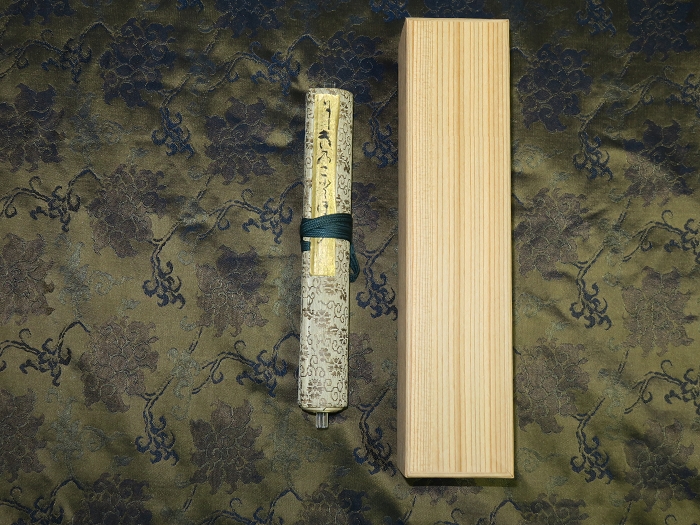
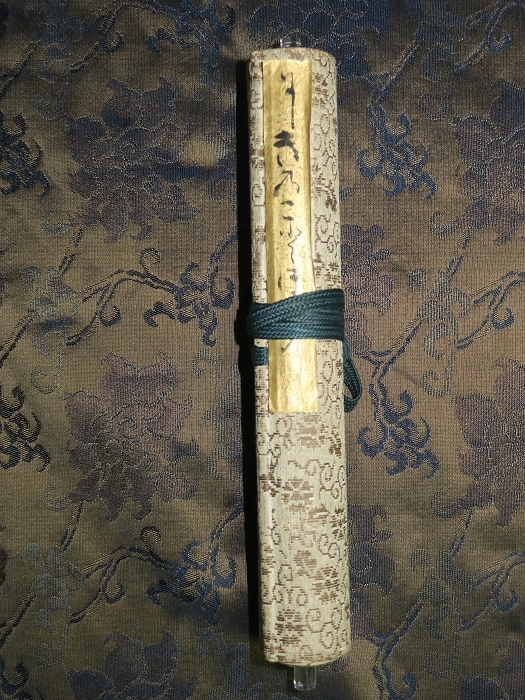
Shunga. ENSEMBLE UNIQUE DE parchemin dessiné à la main — Ode à la joie par [Kawanabe Kyōsai] Gouaches sur papier
Les dimensions extérieures sont d’environ 21 × 3,5 × 3 cm (longueur et hauteur), la longueur de la tige est d’environ 20,5 cm, la longueur est d’environ 18 × 153 cm et le corps principal est d’environ 15,7 × 130 cm. Il y a 5 peintures printanières, 15 chants waka, Encre et couleur sur papier, monté sur brocard.Boîte spéciale anti-insectes jointe, extrêmement belle et en bon état.
Ce travail est un excellent travail de Kawanabe Kyosai (1831-1889), un peintre de la fin de la période Edo à la période Meiji, qui est populaire à l’étranger pour son excellente calligraphie et son style de peinture unique qui va au-delà de l’école. Bien qu’il soit écrit d’une manière légère et persuasive, il dépeint les affaires de la cour impériale de diverses manières.
Des lignes sans hésitation, une puissance descriptive solide, une puissance exquise et une expression chaleureuse et pleine d’humour. L’utilisation d’encres claires et de couleurs claires montre également les caractéristiques du travail de Kyosai, telles que le beau mélange de couleurs et l’utilisation efficace d’une couleur qui a l’air rugueuse mais qui n’est pas du gaspillage.
Shunga est le terme générique japonais qui désigne l’art érotique, il signifie littéralement Image du printemps, le printemps étant un euphémisme et une figure de style exprimant la sexualité. Le terme Shunga ayant été réservé longtemps aux estampes, les recueils ou albums ont souvent été désignés par l’appellation Livres de l’oreiller, ou notes pour l’oreiller, etc. (Utamaro : Le chant de l’oreiller, 1788).
Les peintures respectent les canons de la représentation érotique japonaise : sexes surdimensionnés, pilosité, femmes à la peau blanche et hommes de couleur chair. Aucun élément de décor ne vient distraire l’oeil de l’acte sexuel (une seule peinture contient un miroir), les corps étant la plupart du temps vêtus de riches kimonos.
L’ensemble est d’une facture fine, les 2 peintures d’introduction, l’oiseau et les feuilles d’érable sont particulièrement réussies. Ce type de représentation était interdit au Japon et ne contient donc pas de signature, il est cependant évident qu’il existait des peintres dont c’était le métier et la spécialité et qu’on allait voir pour des commandes privées. Précieux et rare ensemble en superbe condition.
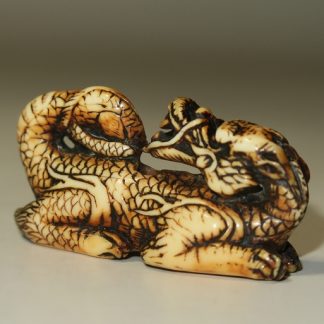

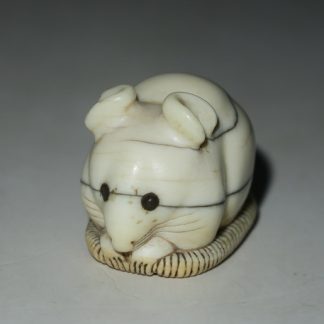
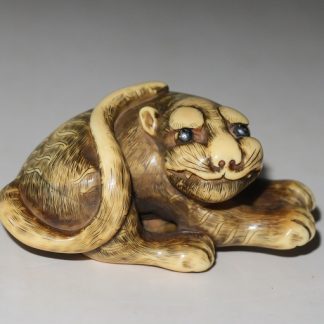
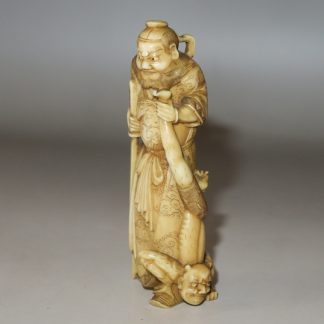


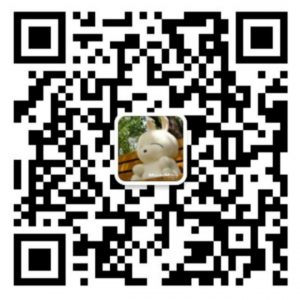

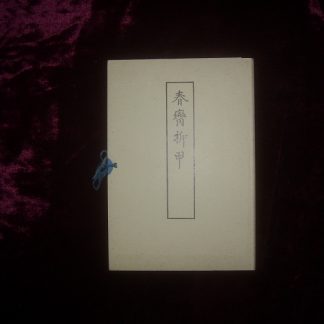
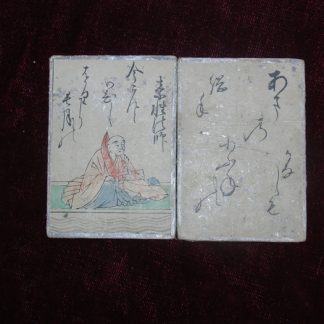
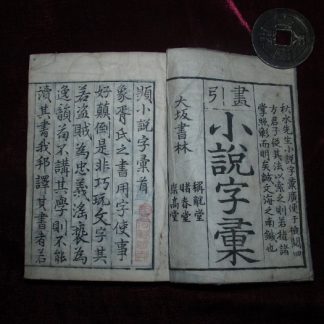
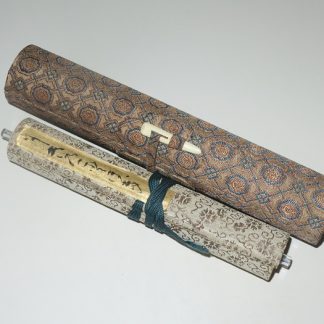
评论
目前还没有评论